The Google Nexus 6P Review
by Andrei Frumusanu on December 16, 2015 8:00 AM ESTSoftware UI
In terms of software the 6P is able to sport the latest Android 6.0 Marshmallow, courtesy of course of being a Nexus device. There’s not terribly much to say about the OS that hasn’t been said already by Brandon’s analysis in the review of the Nexus 5X. This is due to the fact that all Nexus devices come equipped with the same software experience, but also due to the fact that Android 6.0 offers very little front-facing changes.
I’ll openly admit that I’m not too much of a fan of the stock Android experience: Over the years Google’s stock Android has always been praised as the “pure” experience and how Android should be. I find this a bit unfortunate as I find there’s a lot of usability flaws in the stock. It’s the simple things that most other OEM skins add that I find the most lacking in stock Android, examples being the lack of an auto-brightness toggle in the quick settings or even having a brightness slider directly available in the notification shade itself which reduces the motions to get to the settings.
My biggest gripe however are the navigation buttons and Google’s lack of an option to reorder them. While I understand the design decision and logic behind having a back button on the left, it makes no sense in terms of usability for the majority of people that are right-handed. The back button is by far Android’s most used navigation button, so I found the Nexus 6P’s larger size to exacerbate the issue as I need to always change grip or stretch my thumb to able to reach it properly. Still having this huge ergonomics issue after this many years is basically inexcusable – the notion that it’s more intuitive to have it on the left is a poor rationale as “unintuitive” use-methods can be learned and taught, but my thumb stopped growing a long time ago and I imagine so did everybody else’s. Virtually all OEMs recognize this issue and either come by default with reversed navigation buttons or by at least offering the option to rearrange them. Here’s hoping that Google listens and adds this as a stock option for future Android releases, similarly how they did for many other past features that were pioneered by third-party vendors.
Ambient display is a great feature that takes advantage of the 6P's AMOLED screen. Every time you pick up the device it will show you a minimalistic greyed out view of your current notifications without having to press any buttons. The detection is a bit finicky and sometimes goes off too easily as I often saw ambient display trigger itself while the device was just laying steadily on my table, and also sometimes when you do want it to go off when you pick up the device it might decide not to. However when it does work it works well, and it also enables you to directly unlock the phone from there. I do wish the display period had been configurable as sometimes where you have a lot of notifications the screen will go back off before you can read all of them.
Other than some of the aforementioned annoyances, the stock Android experience is a good one. In terms of performance, there were some concerns that I’ll reiterate in the PCMark writing sub-test but otherwise the device is fluid as you’d expect it to be. I may be biased when saying this but I just don’t think stock Android is an “exciting” experience or a platform where we see lots of innovation. I’m aware that there are groups who vehemently adhere to Google’s design decisions, but for me personally it just doesn’t do it as it comes with too many daily usability regressions.
NAND Performance
In terms of NAND storage, the Nexus 6P uses a Samsung eMMC module. In fact, this is the same “BGND3R” variant as found in this year’s HTC One M9. For testing I also ran the NAND benchmarks on an unencrypted data partition to be able to analyze Android’s full disk encryption overhead that is now obligatory for all new devices shipping with 6.0 Marshmallow.
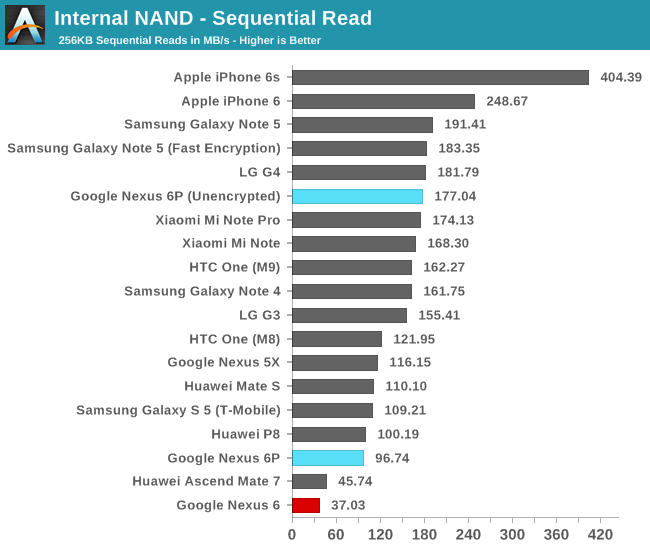
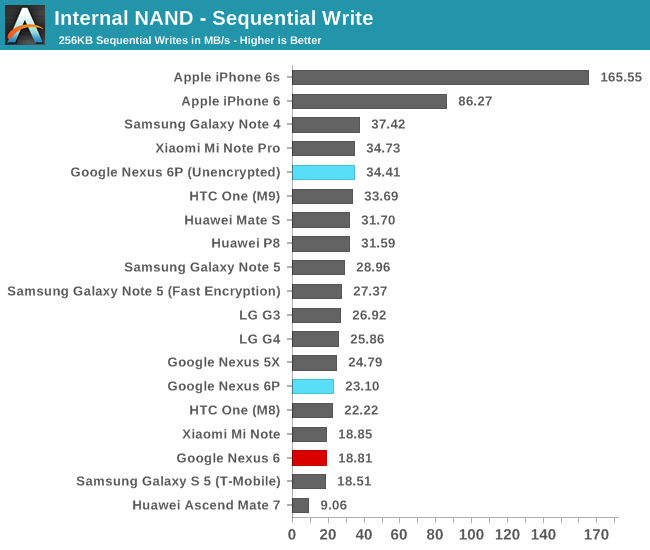
As we can see the unencrypted numbers perform as expected and within range of the HTC One M9’s performance. The encrypted numbers which come as default with the device are the more concerning ones as we see a decrease in read performance of up to 84% and write performance decreases by 43%.
The Nexus 6P uses software decryption, accelerated by ARMv8 cryptography instructions. Google claims that this method is actually faster than using Qualcomm’s Snapdragon built-in SoC dedicated hardware crypto unit, which points out to a possible severe lack of performance and readiness on the part Qualcomm's SoC. We were curious to determine if this was solely an issue for Qualcomm and re-did some encrypted and unencrypted runs on the Note 5 and found that the overhead of encryption on that platform is very minimal, pointing out to that the degradation seems to be limited to Qualcomm's SoCs. It would be interesting to see if the Snapdragon 820 will be able to offer improvements in this regard.
In the end, the Nexus 6P’s out-of-the-box performance on the encrypted data partition seems very lackluster and it may affect application speed. One has to remember that it’s only the data partition that is encrypted, as we see no degradation on the internal or system partitions as they remain unencrypted.
WiFi Performance
The Nexus 6P comes naturally with 802.11ac WiFi in 2x2 MIMO configuration, all powered by Broadcomm's BCM4358 WiFi SoC. This is the same chipset found in other devices such as the Galaxy S6, so hopefully performance will be similar.
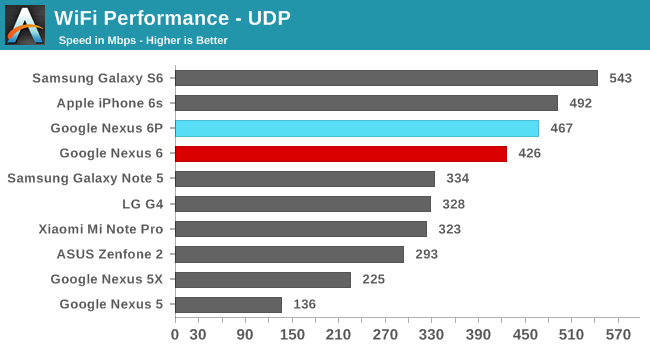
And indeed we see excellent WiFi performance from the 6P as we reach up to an average of 467Mbps, up there among one of the fastest WiFi implementations in today's smartphones.


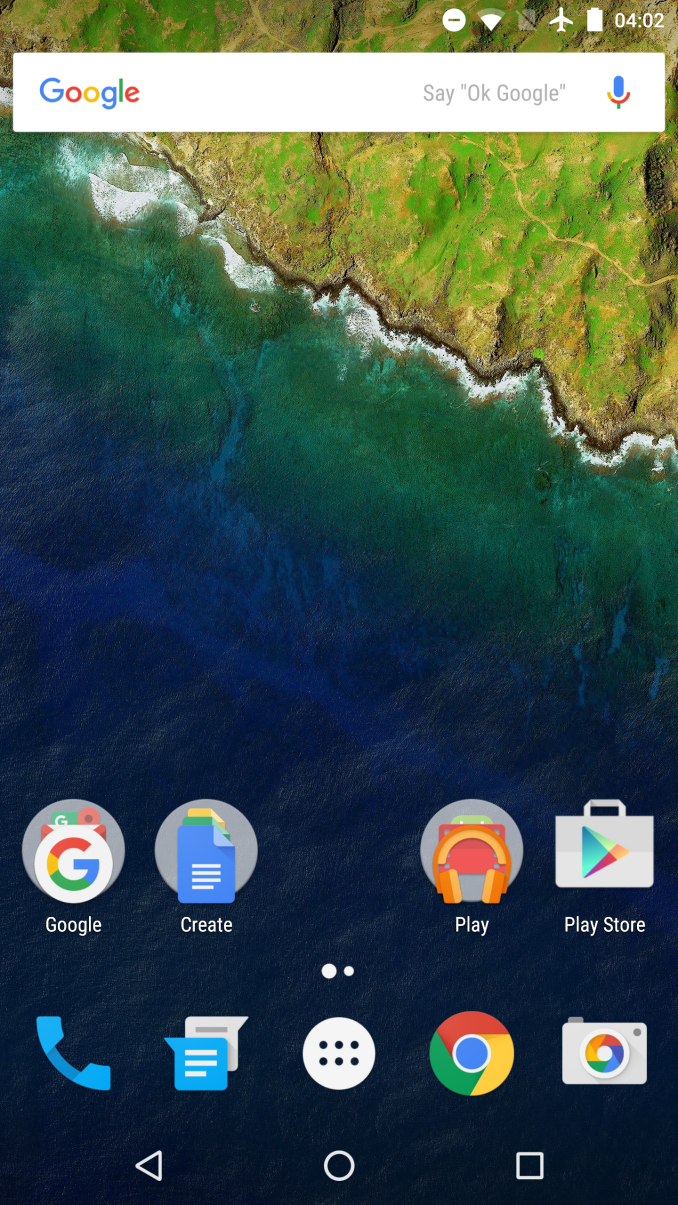
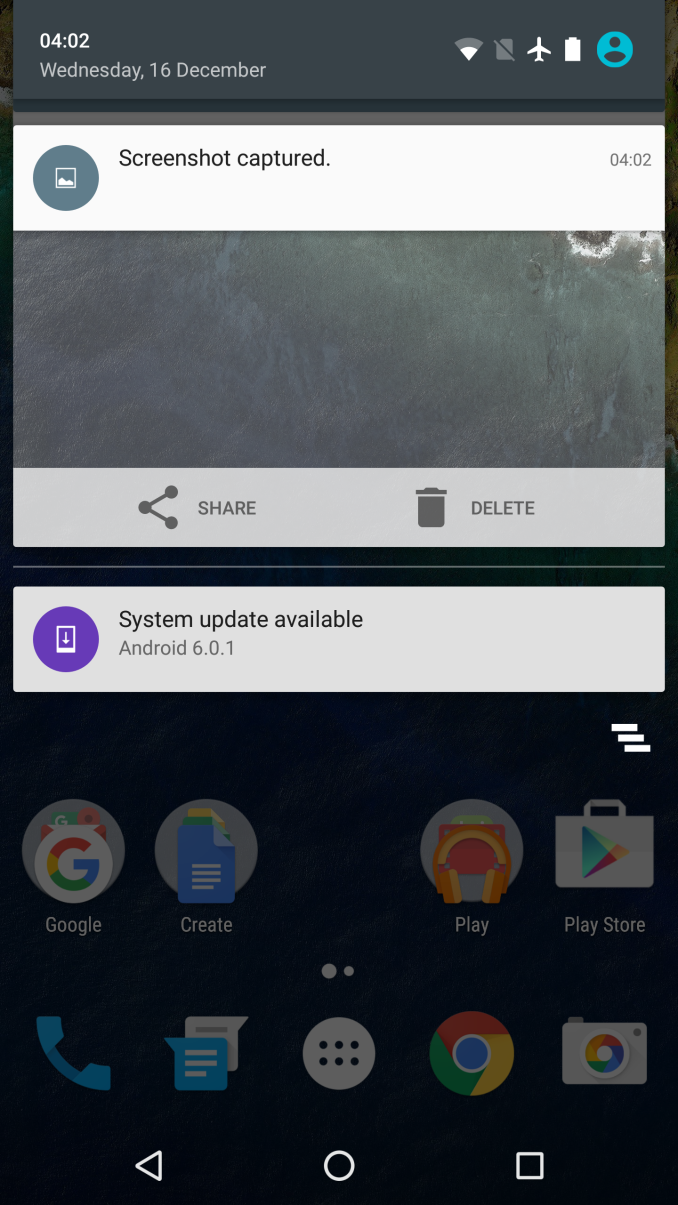
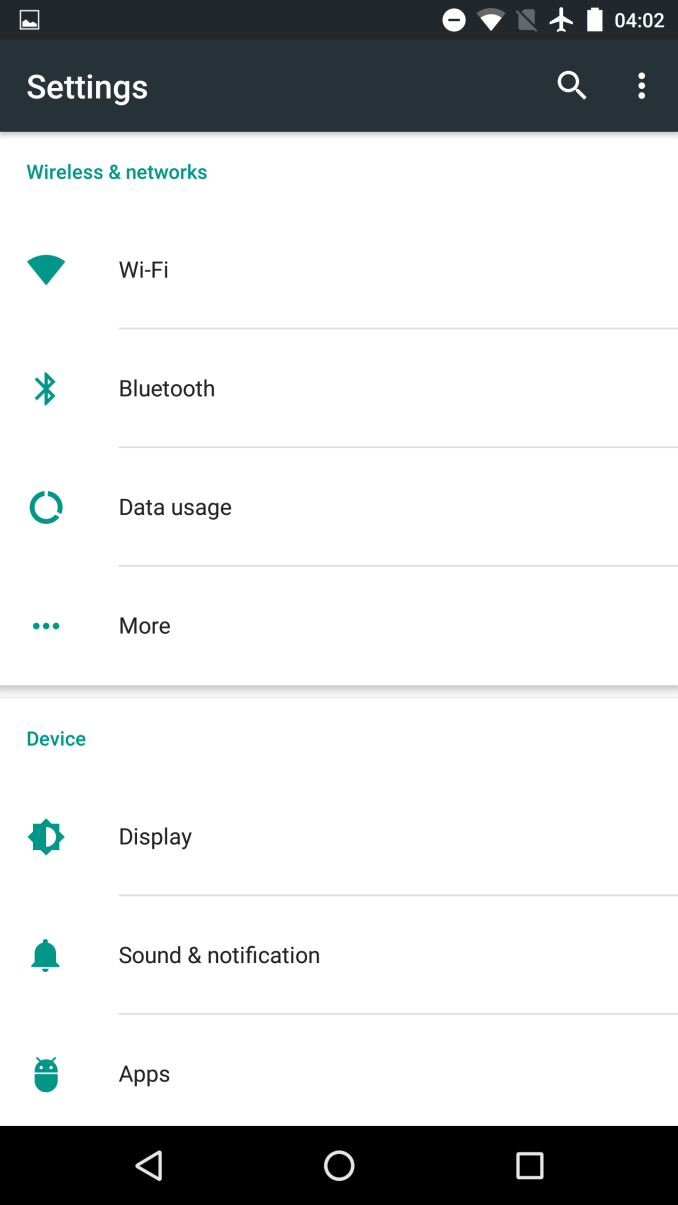









219 Comments
View All Comments
N8SLC - Monday, December 21, 2015 - link
The brightness slider is available immediately with a two finger pull down of the notification bar. Please update article accordingly.TheinsanegamerN - Monday, December 21, 2015 - link
Still waiting for a nexus phone with a removable battery to replace my note 4.blzd - Friday, December 25, 2015 - link
That might be a wait your children's children might have to take up for you.vacaloca - Tuesday, December 22, 2015 - link
Thanks for the review. I was thinking about getting the 6P, but this review is actually making me think the 5X is the better option in terms of the screen (even though it defies all the other commentary I've seen on this)I do have one suggestion for future reviews. The charge time graphs, while okay on their own, do not take into account that these devices have bigger/smaller capacity batteries. Perhaps the better idea is to normalize this graph by battery capacity... in that case it would show the phones that charge the fastest, which perhaps would be useful to compare, especially now that a lot of devices come without removable batteries.
erple2 - Wednesday, December 23, 2015 - link
I like the idea of normalized battery charging. However, I'd take it another step further, adding something like a "charge time to use time" graph. Phones are now touting things like "15 minutes of charge for 4 hours of usage". Why not go the extra bit and add a "charge time vs. Benchmarked on screen time" kind of graph.aggiechase37 - Wednesday, December 23, 2015 - link
Count me in for a call for Anandtech to start including call quality reviews in here. It's a phone for goodness sake. For people who actually use their phone, especially for business, having the other person be able to clearly hear you is an important consideration.p51d007 - Wednesday, December 30, 2015 - link
Once the price drops CLOSER to 400 dollars, for the 64gb version, I might get one.Phones today, are OVERPOWERED, unless you are heavy into games for my use, and I'm not paying 500,600 or more for a phone. My 300 dollar Mate2, has snappy performance, GREAT battery life, excellent camera (using the camera FV-5 software that is).
Zarsus - Thursday, December 31, 2015 - link
This phone is as fragile as a glass doll, the screen cracked when I dropped my two-day old phone on ceramic tile from a height of 15 cm, yes, 15 cm, as in 0.15 meter.Maybe it's a super unlucky drop or perhaps this particular phone is defective to begin with, but all of my other phones have survived much, much, much worse drops than this and they all survived. I cannot properly express my disappointment with this phone.
Badelhas - Thursday, December 31, 2015 - link
Why is Europe price so much higher, can anyone explain?!jujufreeze - Thursday, December 31, 2015 - link
And why was the 6p not given an editor's gold choice award like the iphone 6s(+)? Perhaps Anandtech authors are hoping to get Apple jobs like Anand Shimpi?*Price. It's time to stop ignoring price. A $499 unlocked 6p is a significantly better value than an unlocked 6s with a better battery, a higher res. screen, and an extremely comparable camera. Kudos to the Nexus for ridding the ridiculous 16 Gigabyte option and starting at 32 Gigabytes. Apple is getting away with highway robbery for still offering an absurdly overpriced 16 gigabyte option.
More on the specifics...
*Battery life: iphone 6 battery is 2,750 mAh vs Nexus 6p 3,450 mAh battery. Nexus 6p is considerably faster at charging.
*Display: 2,560 x 1440 AMOLED vs. 1080p LCD. You simply can't ignore the fact the 6p is sporting more impressive technology on its screen and though it's not the best AMOLED screen, the blacks are significantly deeper. Slight edge goes to the 6p.
*Conclusion. I could go on and though the iphone 6 has a superior A9 processor and 3d Touch you can't ignore the fact that the Nexus offers in some cases better, in many cases equivalent features to the iphone 6 for a fraction of the cost.